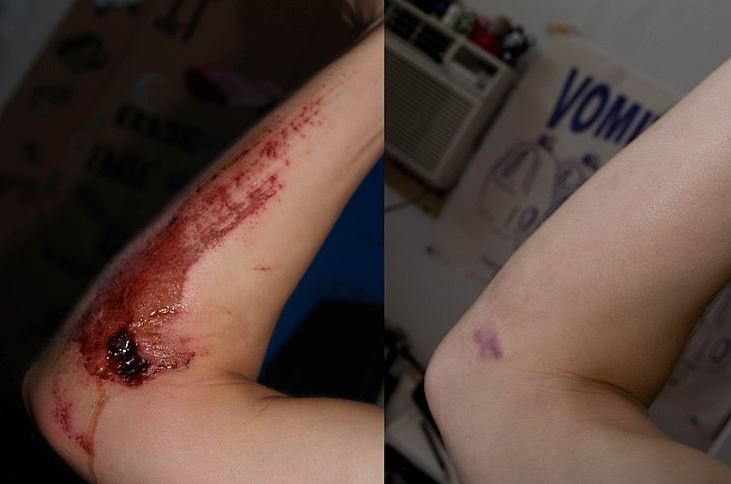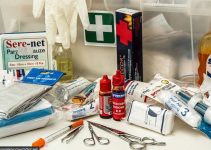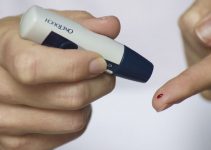The skin is never the same once injury-caused scars have fully developed. Now, researchers have found new ways that offer great potential to prevent this from happening.

Hypertrophic Scar
Scientists reviewed a number of therapeutic interventions for hypertrophic scars in this research. Their study, which appeared in the journal Burns & Trauma, highlighted some that offer great promises for averting skin scarring.
The process by which wounds heal comprises three main stages. These are the inflammation stage, proliferation stage, and lastly regeneration stage.
It is not uncommon for scars to appear as wounds heal. However, a type known as a hypertrophic scar (HS) is a concern due to how it can adversely impact the look and feel of the skin.
Hypertrophic scarring is difficult to deal with. The interventions revealed in the current paper could make it easier to prevent them.
About Hypertrophic Scars
Hypertrophic scarring involves excessive accumulation of disordered collagen under the skin. The scars are marked and, in many cases, raised.
The skin condition is the result of issues in the phases of the wound healing process. Scientists, however, do not fully understand the mechanisms underlying its development.
Read Also: Acne Latest Facts: Causes, Symptoms and Most Effective Treatments
This type of scar is not only a concern to the people affected because of its appearance, but also because of its psychological effects.
Gender, age, wound depth, size of a wound, and genetic makeup are some key factors that determine the likelihood of developing HS.
According to the new paper, hypertrophic scarring is an issue in between 40 and 94 percent of patients after surgery. About 30-91 percent of patients have it in the aftermath of a burn injury.
The researchers disclosed that HS incidence is even higher in developing countries.
Experts agree that the length of time it takes for a wound to heal is a major factor in the development of HS. The less time it takes to heal, the lower the likelihood of thorny skin scarring.
Around a third of wounds resulted in HS when healing took place within 14-21 days, the researchers said. However, the incidence was almost 80 percent when healing took longer.
FEEDBACK:



